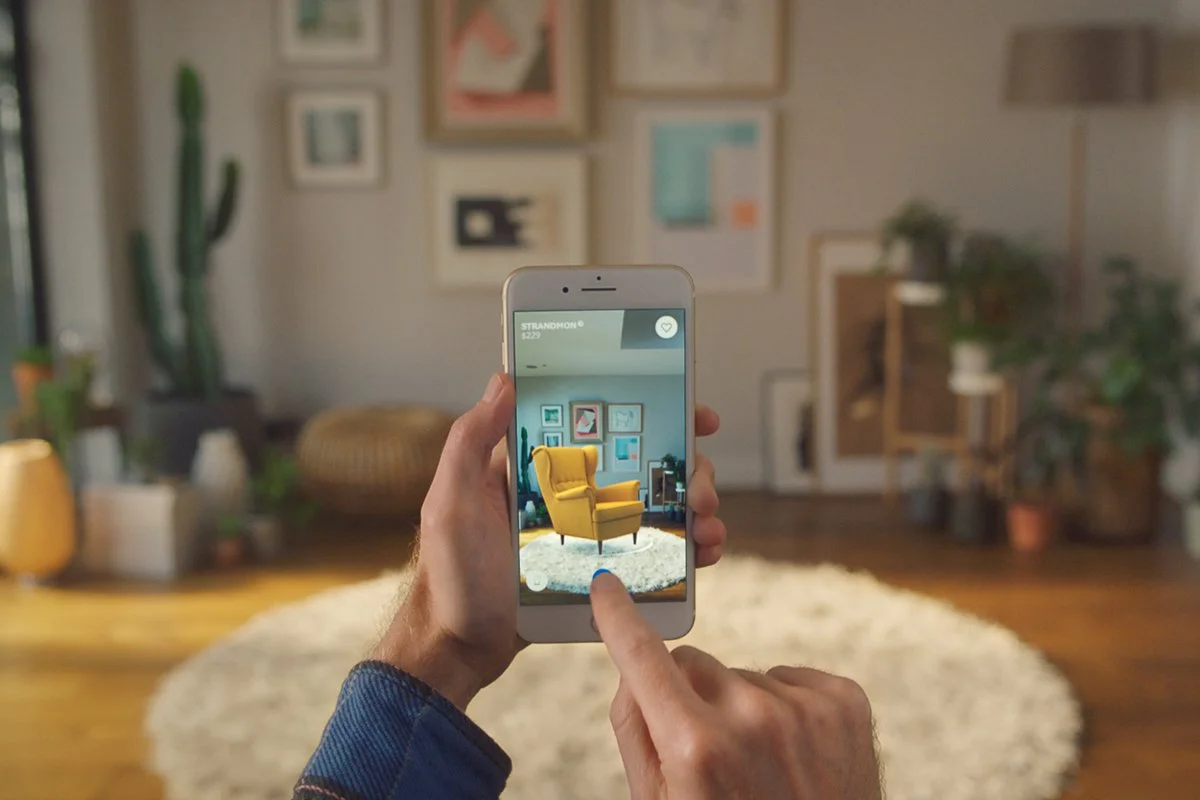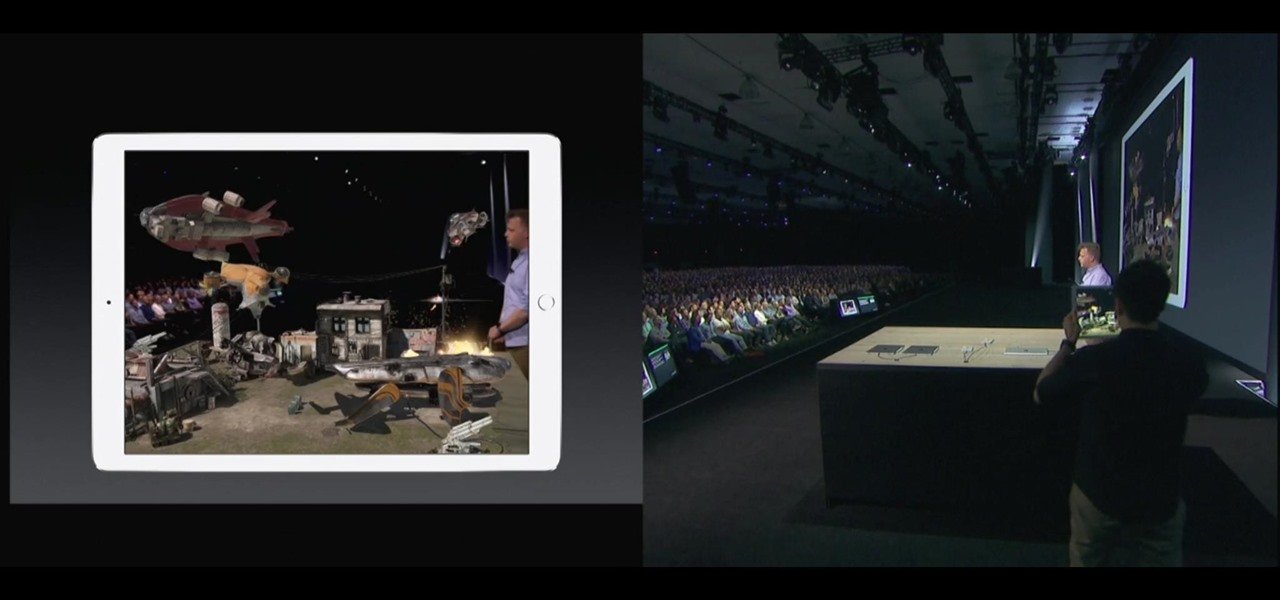Augment Your Reality: the Rise of AR in Marketing
We certainly won’t be the first people to tell you that the marketing world moves quickly, and we won’t be the last. Trends ebb and flow, with consumers’ interests constantly evolving as they look towards the next big ‘thing’ - and it’s always been this way.
The invention of mass printing in the 15th century eventually led to the production of the first magazines in the 1700s. A century later, businesses began to advertise on posters and billboards, and the early 1900s brought the rise of radio advertising, followed by television ads and telemarketing. By the time we reach the turn of the millennium, marketing trends and tactics were developing more and more quickly within the new digital age.
Search Engine Optimisation (SEO), blogging, social media marketing, e-commerce and email marketing were some of the trends we saw rise in the 00s. The following decade saw the maturation of many of these tactics as more people began to use smartphones and social media. High-quality, engaging content marketing, video marketing and influencer marketing all became popular in the 2010s.
Apple l AR Stage Demo from 2017
So, what about today?
The world of marketing today sees established tactics such as social media marketing evolve with the digital landscape. Videos are becoming shorter and snappier. Micro-influencers are on the rise. Social commerce is allowing users to make purchases directly through their favourite social media apps. But that’s not all.
Today’s consumers are more interested in receiving an engaging, visual experience than ever before, so brands are becoming more creative in how they deliver this. Technological advancements such as artificial intelligence (AI), virtual reality (VR) and augmented reality (AR) allow brands to provide consumers with more interesting, personalised experiences.
Let’s talk about AR.
“Augmented Reality:
1. combines the real and virtual;
2. is interactive in real-time; and
3. is registered in three dimensions."
Ronald Azuma, AR pioneer
As described in the quote above, AR combines the real world with computer-generated content to create an interactive experience for users. The technology can provide brands with a whole new set of tools to use to further engage consumers, from augmented shopping experiences to interactive business cards.
Whilst VR offers users a fully immersive experience, it’s impractical as a widespread marketing tool as it requires the use of VR headsets, which are bulky and expensive. AR, on the other hand, can work on smartphones - something nearly 90% of people own worldwide.
Pokemon Go l Nintendo has made billions from the AR game
How is AR used in marketing?
Now more than ever, the power is in the hands of the consumer. If you don’t want to see an advert, you can tap ‘I’m not interested’, download an ad-blocker, or purchase ad-free premiums. Experiential marketing moves away from traditional product promotion and taps into people’s desire to be entertained and stimulated, creating content which people want to see.
The concept of ‘try before you buy’ has long since been a staple part of the shopping experience, especially in the fashion and beauty industries in the form of dressing rooms and product samples. However, retailers have always struggled to replicate this conversion tactic for their online stores: until now.
AR is transforming this area of retail, with consumers able to preview how products will actually look on them or in their home. From clothes, shoes and makeup to furniture and paint colours, we can now ‘try before we buy’ right from our smartphones using tools such as the IKEA Place app and Sephora’s Virtual Artist.
When you adopt modern marketing strategies, it doesn’t mean you have to throw everything else out of the window. Bring your traditional, physical marketing materials such as business cards, posters and brochures into the future by combining them with marker-based AR.
Marker-based AR uses image recognition to identify visual ‘markers’ in the real world. Think of those TikTok filters which make it look like a virtual character is dancing in your living room. The characters will always be dancing on a flat surface like your floor or a table. This is thanks to marker-based AR.
This technology can be used to create branding materials which offer much more interactive and engaging experience for the consumer. The simplest way to create an AR business card, for example, involves printing a small QR code onto the card which will act as the marker for the AR effect. When a user scans the QR code with their phone camera, it will take them to a link which will open the effect in the app you built it for, such as Snapchat or TikTok.
Pizza Hut used this technology in a particularly unique way when they launched a series of limited edition pizza boxes which allowed you to scan a QR code and play Pac Man on them!
Shopify l AR Campaign
What are the benefits of using AR in marketing?
Increase brand awareness and interest
AR provides brands with the ability to create a unique experience to get people talking. The consumers of today value the opinion of other consumers, so getting people talking about your brand is an effective way to build your brand recognition. More interactivity within your marketing materials can help people remember your brand - even more so if you’re able to create something novel.
Achieve higher conversion rates and fewer returns
Shopify has found that interactions with products that include AR lead to 94% more conversions than interactions without AR. When people can try products from the comfort of their own home, it shortens the sales journey and improves their confidence in buying, meaning they are more likely to buy there and then instead of visiting a different store in-person. This also gives customers a better idea of what it is they’ll be getting, leading to less returns.
Reach a younger audience
92% of Gen Z consumers say they would like to use AR for shopping. And this generation shouldn’t be looked over in the world of marketing: they might be younger, but they’re set to surpass the number of Gen X consumers by 2025.
At the same time, AR doesn’t necessarily exclude older generations, as 70% of consumers aged 16 to 44 are aware of AR.
Ready to get ahead of the game?
UNBXD is a Creative Digital Agency which specialises in digital marketing to create exciting, innovative solutions for breakthrough brands. We are experts in supporting brands to outline clear objectives, develop strong communication strategies and create unique content which truly engages their audience. Come and see what we can do for you!





